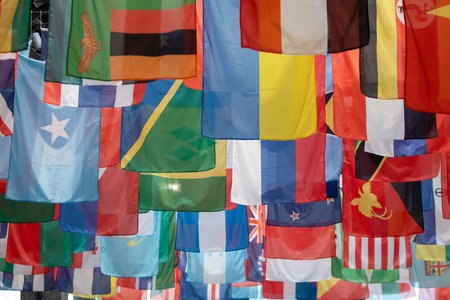The Practical Uses Of Sound And Music Design
We’re all used to just plugging in the headphones and relaxing to our favourite songs, but music is far more intertwined with our lives than many ever really think about. Aside from just being our entertainment, music and sound design in general can be put to use across all kinds of situations. Here are just a few ways you can find it being used out there in the world.
Entertainment
There’s not really any kind of entertainment left out there that isn’t implementing some form of music or sound design. Sporting events use music between play, movies use background songs throughout to drive emotions and stage productions can revolve entirely around it like those on Broadway. What many don’t realise is how far in it goes.

Source: Unsplash
For example, while music isn’t present in all online casino games, sound design certainly is. You’d be hard-pressed to find a single modern game without carefully chosen sound effects, and the amount of sound work that goes into online slots is more than most realise. Everything must carefully match the theming around it, while also being clear and communicative to the user.
Advertising
When you see an ad on TV or before a movie, you may not be paying close attention to the music playing along with it. Apart from a few prominent examples like the famous Cadbury’s drumming gorilla that make music the main feature, most uses of music and sound in advertising are subtle and expertly crafted to convey a message to the target audience.
This comes down to the raw emotional and narrative appeal that music can bring. Studies have long shown that certain kinds of music directly affect responses from listeners, such as slow, positive music invoking romance or loud, fast-paced music increasing excitement. It’s why certain songs like Fleetwood Mac’s “Albatross” or the legendary David Bowie’s “Heroes” cropping up more commonly in ads than others, as they instantly manage to convey a feeling and a message respectively.
Cultural Bridging
More than any other kind of communication, music has a unique and almost magical ability. Two people living on the opposite sides of the world to each other, coming from completely different backgrounds and having entirely separate languages, can hear the same song and get the same feeling out of it. Even if the words aren’t really understood, the emotions and feelings can get through.

Source: Unsplash
Thanks to that, music is often implemented as one of the first steps in building cultural connections, whether that’s through personal communication or, more importantly, full international diplomacy. There are major projects such as the Silk Road Project which promote multicultural cooperation entirely through the medium of music, and it’s the stated aim of the famous Eurovision Song Contest to bring nations together with song.
Now that you’ve seen some examples out there in the world, we think you’ll start noticing more how they are used. Hopefully, you’ll have a greater appreciation of just how important music and sound is to our modern life!
